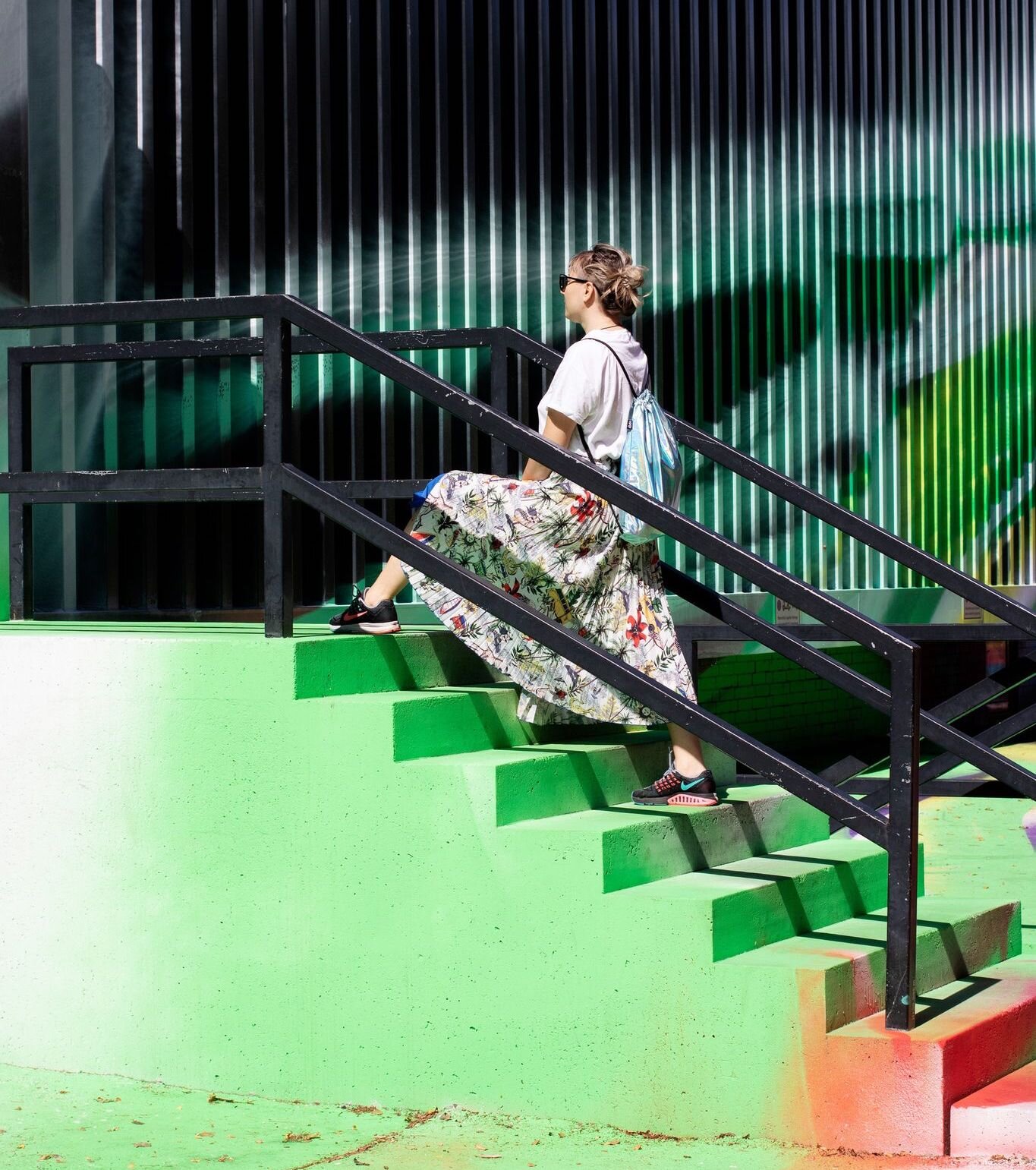Loss & Grief
“Grief is not anything we’ve ever tackled well in the workplace.
Businesses don’t usually recognize it, but it actually has a huge
financial impact [...] Employee productivity is so much impacted
by loss, and loss is everywhere right now.”
David Kessler
All of us have been experiencing loss and grief during this pandemic and, fortunately, this was the most human and healing thing to do: to grieve. During the pandemic, we have actually lived all 5 stages of grief. Denial, Anger, Bargaining, Depression, Acceptance. They have probably intertwined and some of them have not yet been completed.
We are grieving our old identity, our old routines, our commuting time while we were transitioning from one environment to another, all these are experienced as a loss. We are mourning for things we could never have controlled, for all the millions of jobs people lost, for all the financial distress, all the postponed holidays, weddings, funerals, as Jennifer Moss puts it, we’re mourning “the death of our previous lives.” We mourned collectively for the death of Ruth Bader Ginsburg, George Floyd, Bill Withers (oh, boy) and so many others. All these people who passed away last year impacted us: Ruth Ginsburg, who was a representative figure of our women generation, making it possible to be who we are and where we are today; George Floyd’s death emphasized the structural racism still happening in the US, but while we were experiencing this collective pain, it gave us the opportunity to tackle this conversation in our own communities, locally, about racism and injustice; Bill Withers, I don’t know about you guys, but definitely “Ain’t no sunshine when he’s gone”. I feel like all these losses, whether they happened near us or a thousand miles away impacted us and filled us with pain, which somehow puts our livelihood and our slow but not inconsiderable progress at risk of a setback.
We are now working with a new emotional map not knowing exactly how to navigate it and not necessarily understanding the legend.
We are now working with a new emotional map not knowing exactly how to navigate it and not necessarily understanding the legend.
There has been a shift from a facile greeting question like: “How are you doing?” - where no one was actually waiting for an answer -, to a very concerned question, “How are you doing, for real?”. Having the courage to open up and having the humility to tell others where you are, that’s an immense step in making our relationships and the way we communicate better with each other.
There has been a shift from a facile greeting question like:
“How are you doing?” - where no one was actually
waiting for an answer -, to a very concerned question:
“How are you doing, for real?”
The question that arises is: Are other people/colleagues from work/friends prepared to see our pain? I was discussing recently with a psychologist for some research and she told me “We cannot stand people’s pain, we simply don’t want to deal with it, it’s unbearable and heavy and we only thank God that ‘Oh my, I’m so lucky that didn’t happen to me’.” There‘s a study from McKinsey where more than 40 percent of people, working in a company, surveyed described a decline in mental health during this time. And nearly 40 percent of people said no one had called to ask: “How are you doing?”. No supervisor, no one. I guess checking on people/your colleagues from time to time does no harm, even if they are not your friends or close family. Because these people who hadn’t been checked on reported they were more likely not doing well.
I did some research about how brands communicate loss, grief, hardship and I couldn’t find anything noticeable, besides of course some helplines where you can talk to someone. Is this enough?
I didn’t lose hope so I found it, Libresse. They decided for Women’s Day to create even more space for women’s stories and their physical pain that no one wants to hear and acknowledge. What they did was to create a Pain dictionary, a collaborative ongoing project where the brand will continue “to listen to women, to use their pain descriptions to build an expansive source of pain experiences”, focused more on endometriosis. Another beautiful thing they did was to create the world’s first Pain Museum, where people can explore the gender pain gap one story at a time. “The Pain Museum is a true education into the experience of pain that brings women’s #painstories to life and addresses how we can create a language to confront it, to move towards a world where this suffering is not something shrugged off as “normal”, simply to be endured.”
Ending with hope and resilience, I would like to recommend a movie, “Nomadland”, which depicts exactly the experience of grieving and the incapacity of moving forward.
The only thing that remains for the audience is compassion and the understanding that the only way out of pain is through.
Manuela Dospina
Brand Strategist | Heraldist & Wondermarks Cluj



